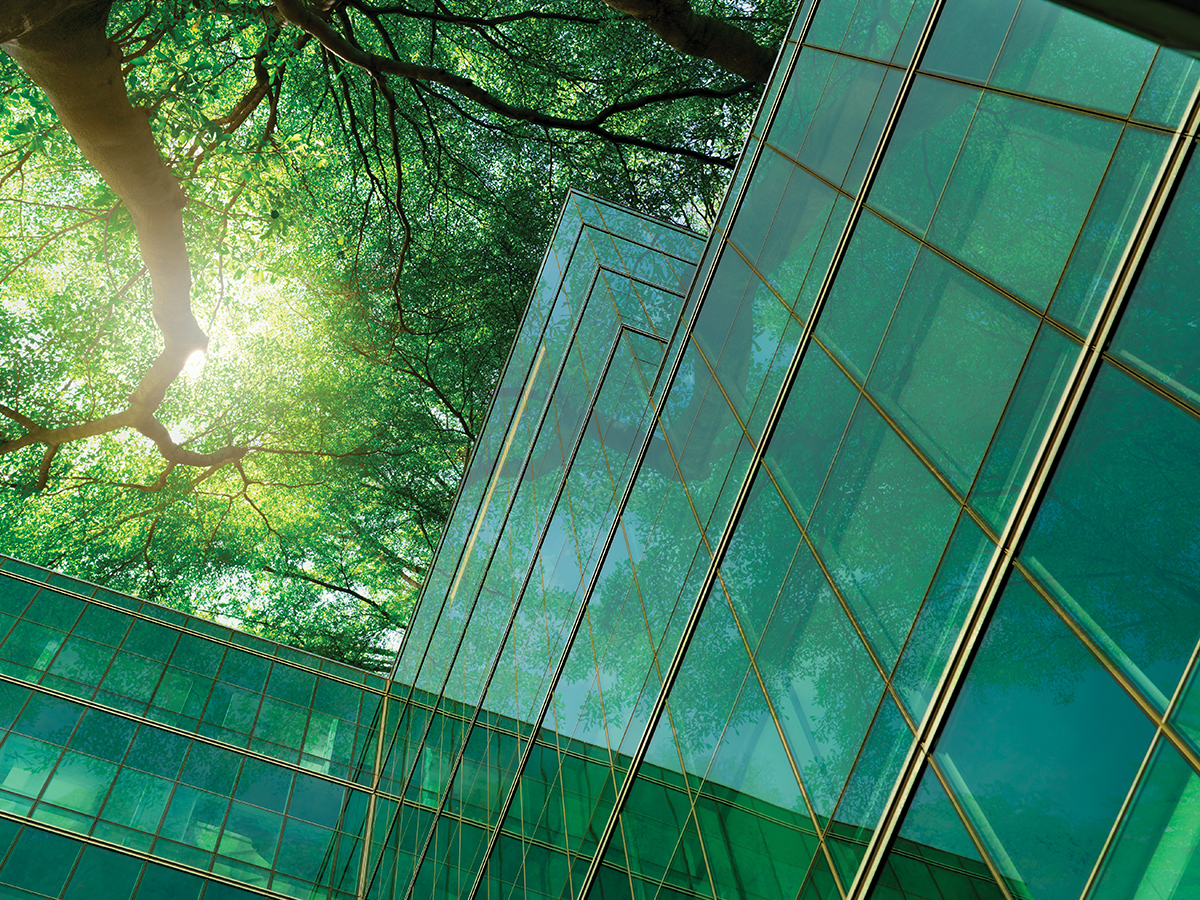Sustainable Developments: Particularities and Considerations
In Mexico, sustainable construction has gained prominence as a factor for the transformation of people’s quality of life, as it is part of a vision that seeks to meet the needs of the market and tries to achieve, in a balanced way, economic and social development, as well as environmental protection.
In an interview conducted by the Vallarta Real Estate Guide editorial team, Víctor Ramírez Orozco, sustainability manager of Construcciones Sustentables Orendain (CSO), commented that: “From the field of construction, sustainability is an agent of change in the planning of cities, where the reuse of renewable natural resources, redensification (the reclassification of density and usage) and social integrity is prioritized.”

Ramírez Orozco shared that sustainability lies not only in how the building is used, but also in how it is planned and built. During these stages, a large interdisciplinary team focused on specific areas of development and sustainability must intervene to help minimize execution times, avoid planning errors and improve action plans.
He also said that, in Mexico, sustainable construction has been perfected and its practices have been improved with the formation of civil organizations that guide on this issue, such as Sustainability Mexico (SUME), as well as the creation of public regulations and international certifications such as LEED (Leadership in Energy & Environmental Design), a system that analyzes the sustainability of buildings.
The specific features that make a building sustainable include the following:
ECOSYSTEM AND ENVIRONMENT
It refers to all aspects of the environment that are related to construction, that is, that it does not negatively impact either the space where the construction takes place, or the other elements involved in this space and its surroundings.
At this point it is highlighted that:
- The location must not affect nature, nor should it cause light pollution.
- It must be in harmony with the ecosystem, so it does not have to affect the neighbors.
- It must not cause noise pollution.
- Opportunities should not be taken away from the inhabitants.
NATURAL RESOURCES
The way in which construction makes use of natural resources, or the way in which it obtains them, must favor the use of new energies or the reuse of resources conducive to it.
It should place special emphasis on:
- Energy saving.
- Use of solar energy.
- Do not waste resources.
- Rainwater collection.

HUMAN COMFORT
This aspect refers to the fact that the places inside the building are suitable and promote comfort for the residents of the building. That the sites are accessible to all and increase the quality of life.
In addition, they must have:
- Proper ventilation.
- Appropriate temperature control.
- Encourage good acoustics.
- To be inclusive.
- Provide physical and mental wellbeing.
AESTHETICS
Sustainable buildings need to have a design that is both pleasing to the eye and useful depending on the requirements of its residents, so that it does not alter the visualization of the environment and/or does not clash with the surrounding ecosystem.
MATERIALS
This item is essential, as it is required that the materials used do not generate pollution and are friendly to the environment, from their creation and transfer, to their use and/or disposal.
It should be contemplated:
- Recycled materials.
- Do not use toxic materials.
- Consumption of local materials and that do not generate pollution.
One of the main benefits is the remuneration generated by the saving of resources in the long term. However, the most important benefits have to do with the philosophy of ecology.
For Ramírez Orozco, sustainable construction is a reality that, although it began to be visualized in other countries in the 1960s, in Mexico it has grown strongly in recent years. It is the result of a process of evolution that began with the need to take care of the environment and meet the needs of society, while the creation of public regulations by the government and the implementation of international certifications has bolstered the efforts. It is also benefitted by the implementation of sustainable practices by the construction industry.



